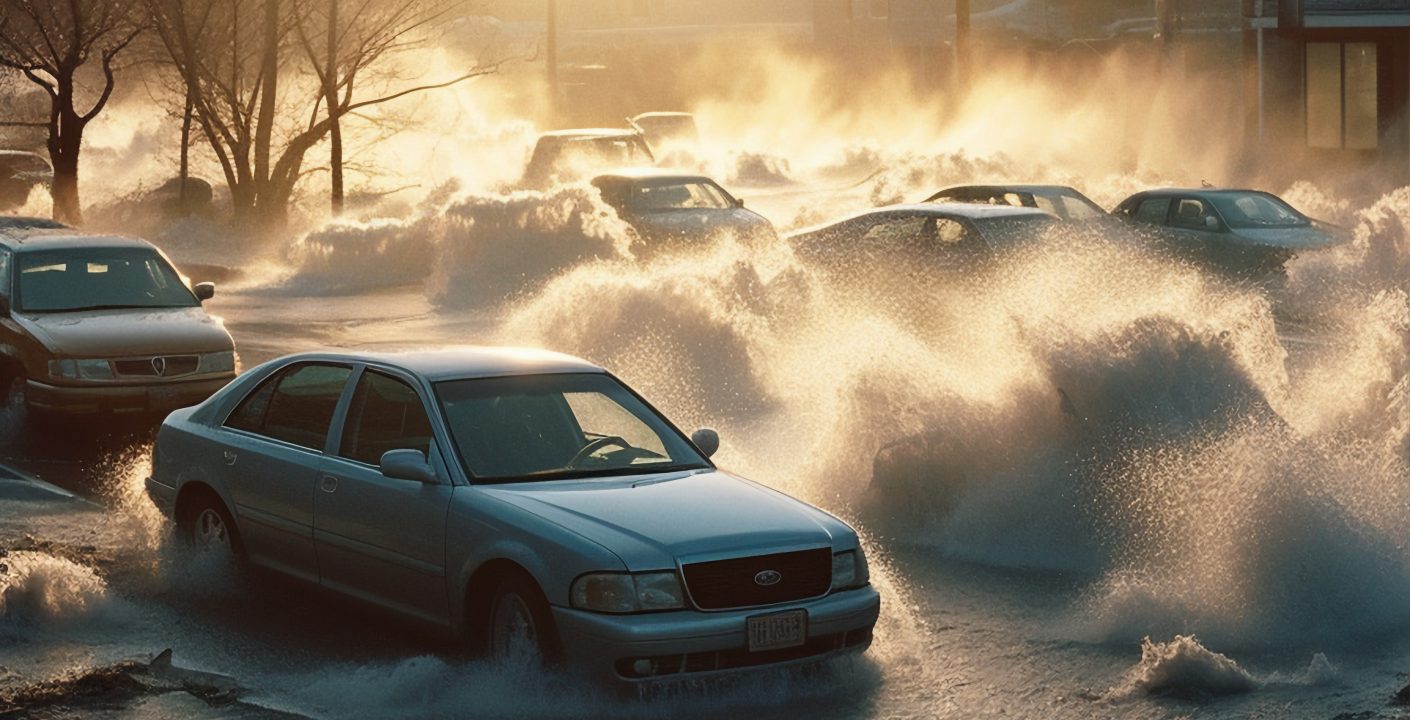Water damage to an engine is a serious issue that can lead to significant problems if not addressed promptly. Whether it’s due to flooding, driving through deep water, or simply an unfortunate accident, engine exposure to water can cause corrosion, electrical issues, and even catastrophic engine failure. This guide will walk you through the process of diagnosing, fixing, and preventing water damage to your car’s engine.
Diagnosing Water Damage
Signs of Water Damage
- Difficulty Starting the Engine: Water can interfere with electrical components and fuel delivery.
- White Smoke from the Exhaust: This indicates that water may have entered the combustion chamber.
- Engine Stalling or Misfiring: Water in the engine can cause misfiring or stalling.
- Water in the Oil: Check the oil dipstick; milky oil is a clear sign of water contamination.
- Rust or Corrosion: Inspect engine components for signs of rust or corrosion.
Immediate Steps to Take
1. Do Not Start the Engine
Attempting to start a water-damaged engine can cause more harm, especially if water has entered the cylinders. Cranking the engine can lead to a hydrolock, where water in the cylinders prevents the engine from turning over and can cause internal damage.
2. Disconnect the Battery
Disconnect the battery to prevent any electrical short circuits. This step is crucial to avoid further damage to the vehicle’s electrical system.
Removing Water from the Engine
1. Drain and Replace Fluids
- Oil: Drain the oil and replace it with fresh oil. Run the engine briefly (if safe) and drain again to ensure all water is removed.
- Transmission Fluid: Water in the transmission can cause serious issues. Drain and replace the transmission fluid as well.
- Coolant: If water has mixed with the coolant, drain and replace it.
2. Remove Spark Plugs
Removing the spark plugs will help assess the damage’s extent and allow any water in the cylinders to escape. Turn the engine over by hand to expel any remaining water.
3. Check the Air Intake and Filter
Inspect the air intake system and air filter for signs of water. A wet or soggy air filter should be replaced immediately.
4. Inspect Electrical Components
Check the electrical components, including the alternator, starter motor, and wiring harness, for water damage. These may need to be dried out or replaced if severely damaged.
Cleaning and Drying
1. Drying the Engine
Use a high-powered fan or a shop vacuum with a blower function to dry the engine bay. Pay particular attention to connectors and electrical components.
2. Use a Water Displacing Spray
Apply a water-displacing spray, like WD-40, to electrical connections and components to help remove moisture and prevent corrosion.
3. Inspect and Clean Fuel System
If water has entered the fuel system, it can cause serious issues. Drain the fuel tank, replace the fuel filter, and add a fuel system water remover to the tank.
Preventing Future Water Damage
1. Avoid Deep Water
The best prevention is to avoid driving through deep water. Know the limits of your vehicle and avoid areas prone to flooding.
2. Waterproofing Measures
Consider waterproofing measures such as:
- Sealant Spray: Apply sealant spray to vulnerable electrical connectors.
- Dielectric Grease: Use dielectric grease on electrical connectors to prevent water ingress.
3. Regular Maintenance
Regularly check and maintain your vehicle to ensure it is in good condition and can better withstand exposure to water.
Water damage to an engine can be daunting, but with prompt and thorough action, you can mitigate the damage and potentially save your engine. Always be proactive in avoiding situations that could lead to water ingress, and maintain your vehicle to ensure it is as resilient as possible. If you’re ever in doubt, consult with a professional mechanic to assess and repair any water damage to your vehicle.
Image Credit: Image By FreePik



